Miracle! Huge Geomagnetic storm sparks Auroras in US, Europe, New Zealand, other regions
The G4-class Geomagnetic storm which hit Earth recently sparked auroras all over the world!
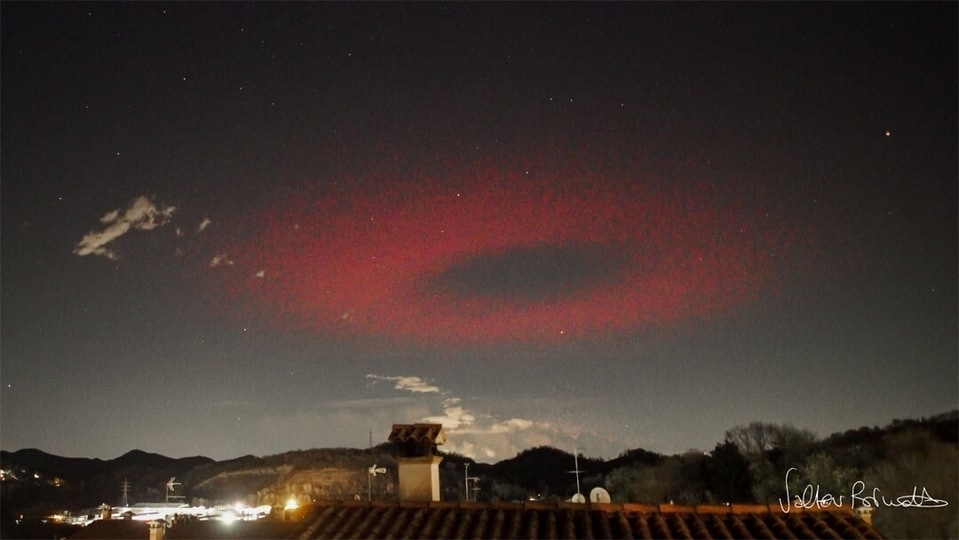
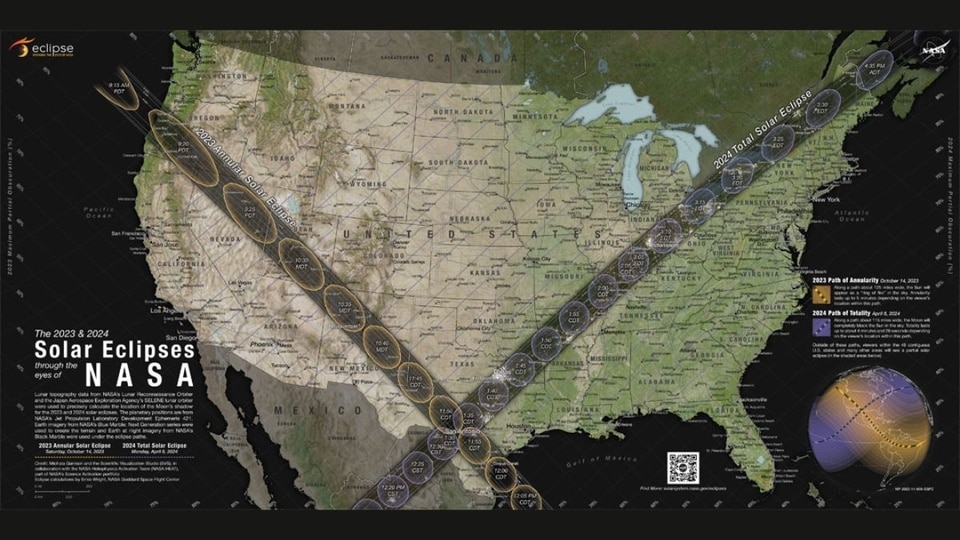
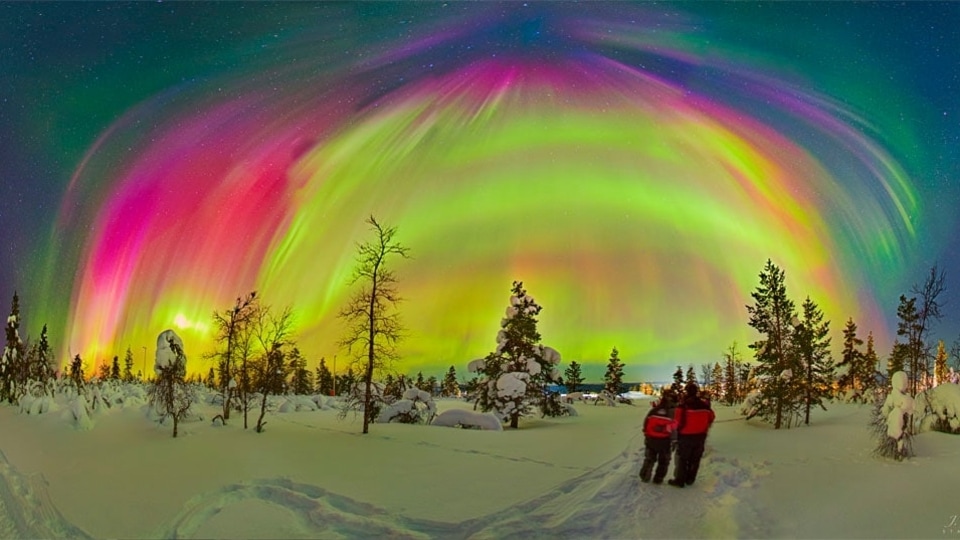
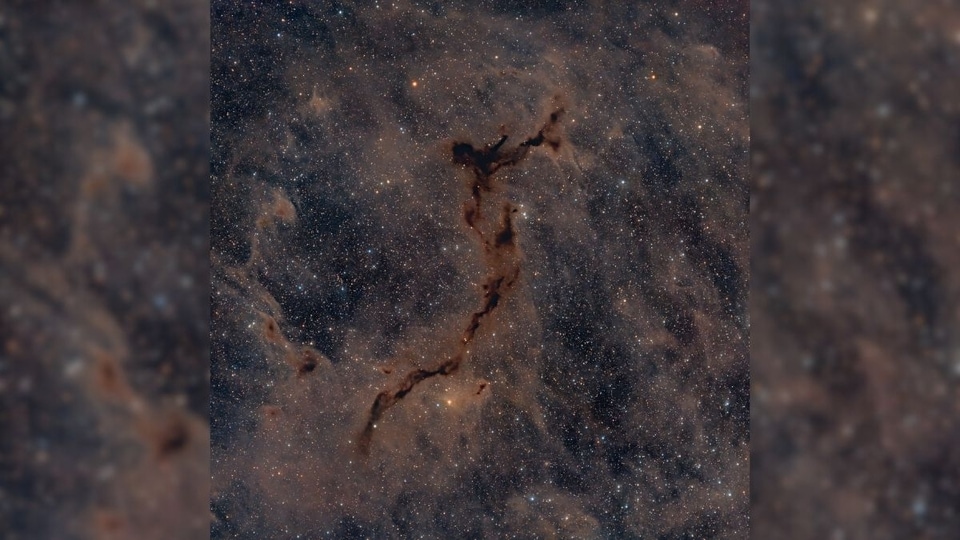
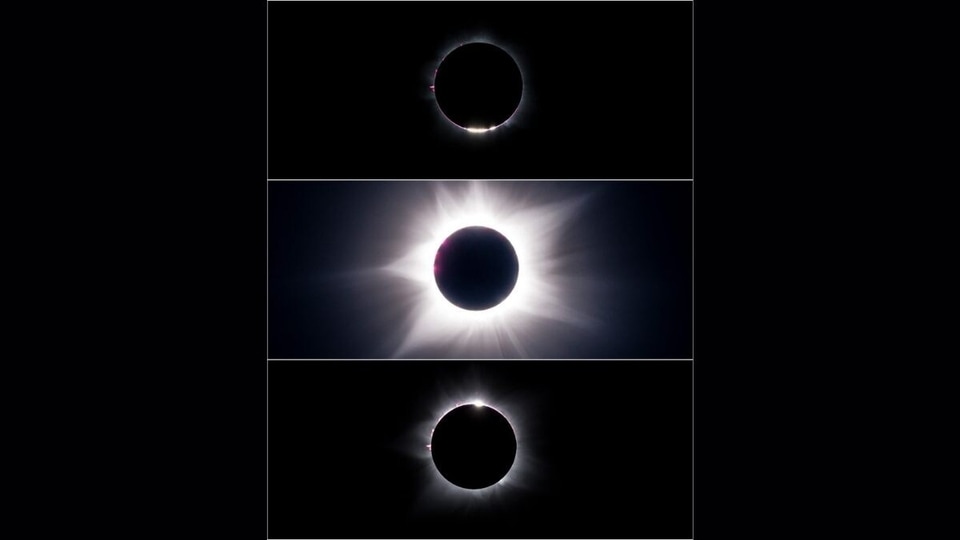
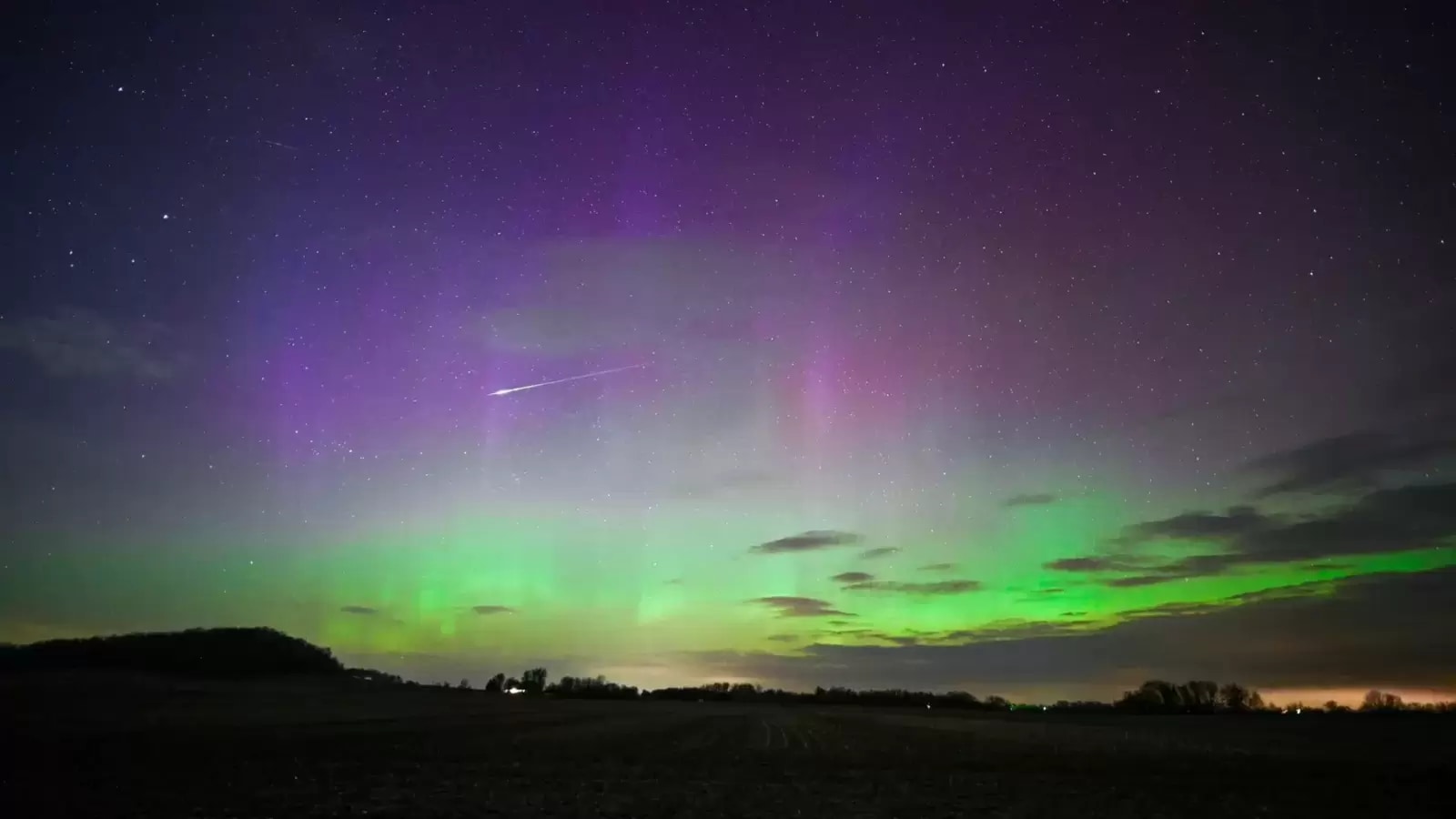
 View all Images
View all ImagesRampant solar activity such as sunspot eruptions, solar storms, solar flares, geomagnetic storms and more, have all plagued Earth for the past few months. This is because the Sun entered solar cycle 25 in 2019 and it is expected that it will hit its peak in July 2025. Although this solar activity might seem harmless due to the distance of the Sun from our planet, it can cause major damage.
Recently, forecasters at the National Oceanic and Atmospheric Administration (NOAA) revealed that a strong CME hit Earth on April 23 and caused a terrifying G4 class Geomagnetic storm. This further sparked stunning streaks of light in the sky, known as Auroras. What seems like a miracle and is quite shocking is that the Auroras lasted for a long time and were seen virtually all over the world!
Auroras spotted
Although auroras, also known as the Northern and Southern Lights, put on a mesmerizing show of light in the night skies of the polar regions, they can be visible all over the world if the solar storm is of strong intensity. The G4 Geomagnetic storm sparked auroras which were not only in the U.S., but also in Europe, New Zealand, Asia and as far as South of France.
Landon Moeller, a U.S. based astrophotographer not only captured auroras, but possibly a Lyrid meteor too, above Apple River, Illinois, U.S. Moeller told space.com in an email, "I was running a timelapse on my camera at the time to capture the dancing aurora. Suddenly a bright white/blue meteor streaked from the east to the west through the light pillars for about 4-5 seconds before burning up and leaving a big smoke trail. It was incredible!"
Other astrophotographers around the world shot this fascinating phenomenon too.
Formation of Auroras
According to NASA, when a solar storm interacts with Earth's magnetic field, it results in the formation of geomagnetic storms. The solar particles released during this interact with the various gases present in our atmosphere and form stunning Auroras which are a sight to behold, especially from places like Reykjavik in Iceland and Svalbard in Norway.
These mesmerizing lights are constantly changing shape and intensity, from dim and scattered, to bright enough that they are visible for miles.
Scientists study aurora from a variety of vantage points: below, above, and within. From below, ground based telescopes and radar look upward to track what's happening in the sky. From above, NASA missions such as THEMIS investigate what causes auroras to dramatically shift from slowly shimmering waves of light to wildly shifting streaks of colour, according to the space agency.
Catch all the Latest Tech News, Mobile News, Laptop News, Gaming news, Wearables News , How To News, also keep up with us on Whatsapp channel,Twitter, Facebook, Google News, and Instagram. For our latest videos, subscribe to our YouTube channel.




























